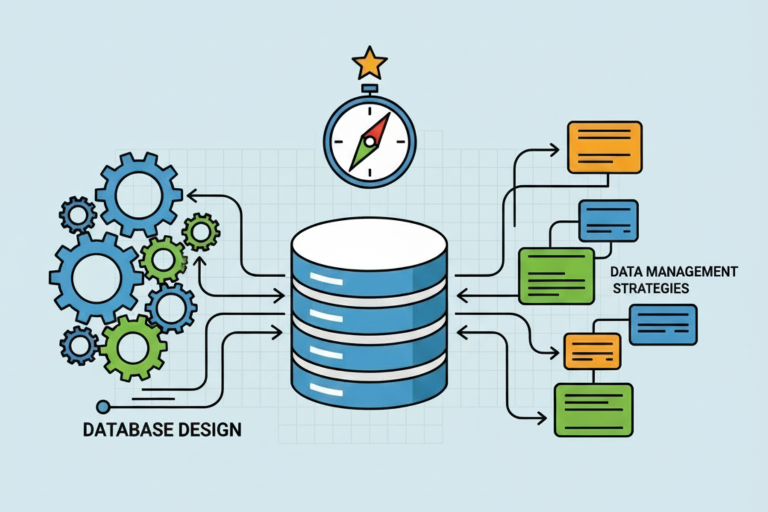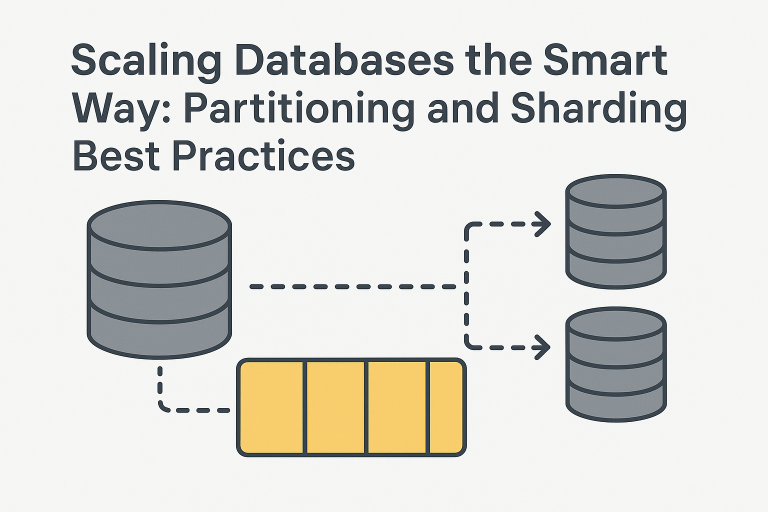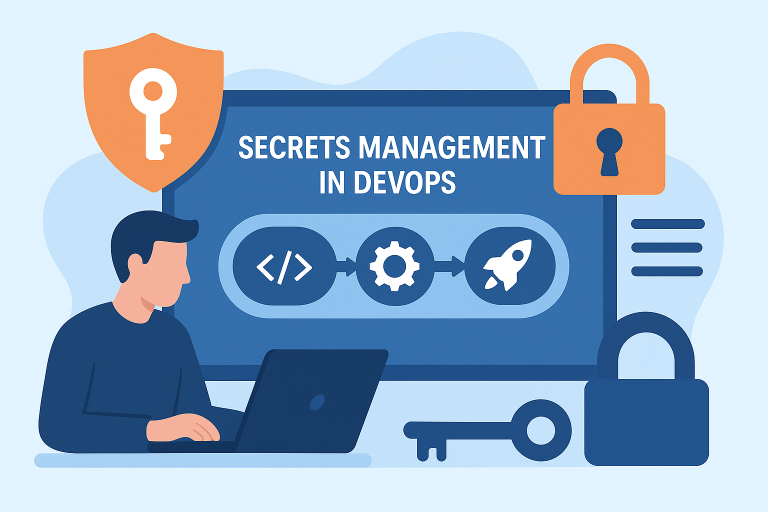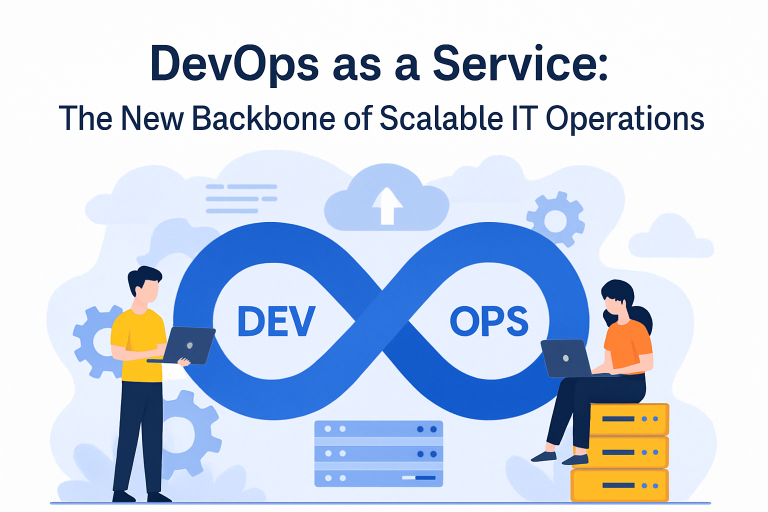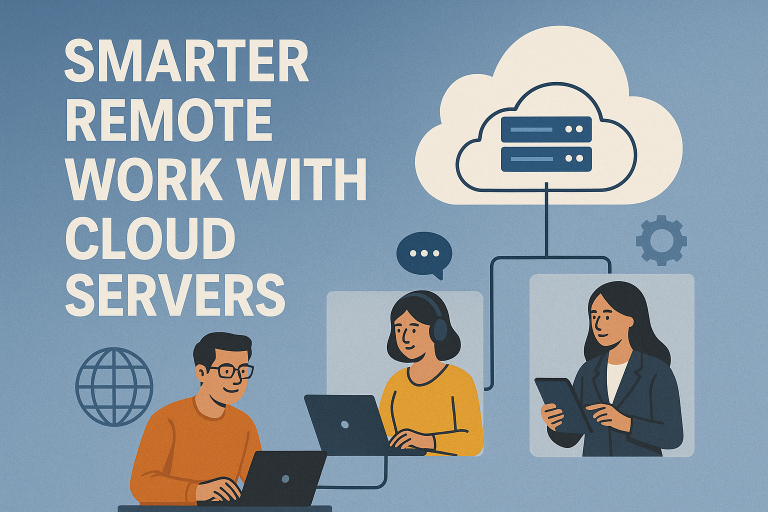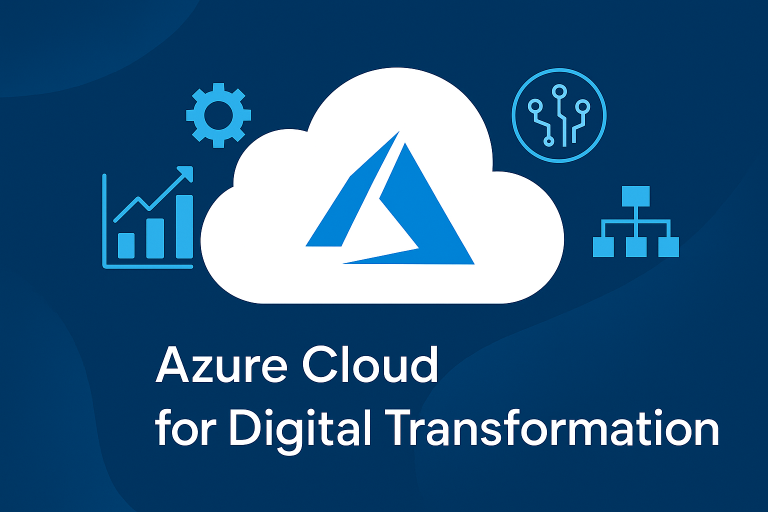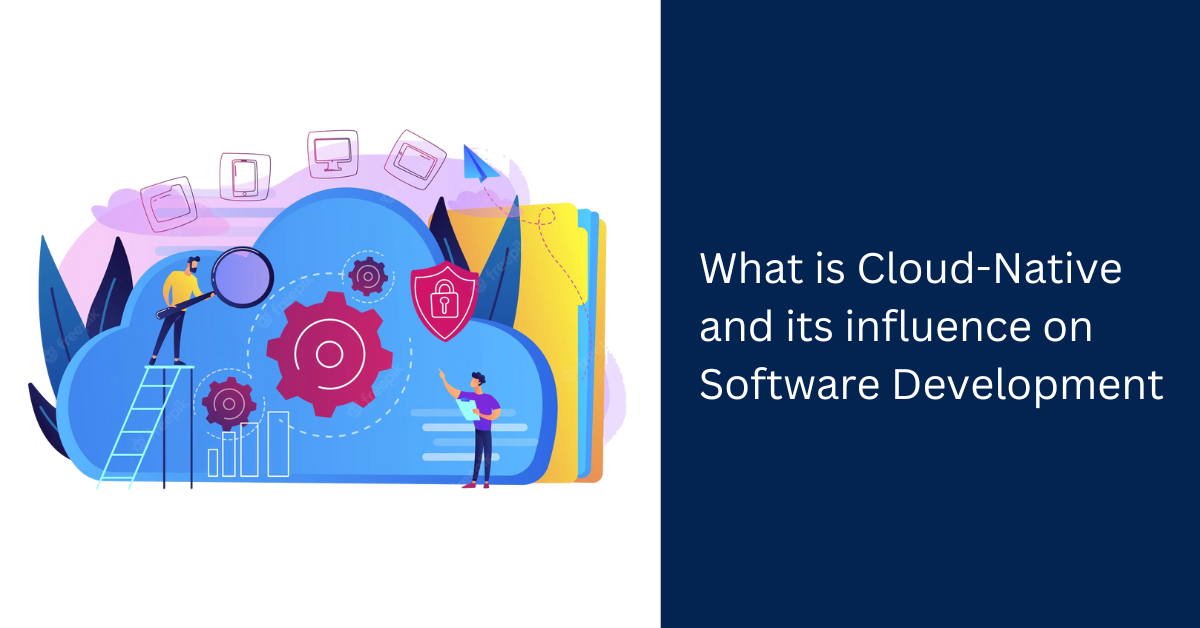
Today, cloud-native is one of the biggest trends in the software industry. It has changed the traditional way of developing, deploying, and operating software products. This new way of software development involves various tools and technologies with several advantages and some pitfalls. According to some developers, ‘cloud native’ is just hype but a large percentage also consider it the future of software development.
With the advantages of several modern software development techniques, including
Microservices, Containers, Continuous integration and continuous deployment (CI/CD) method, Agile methodologies, and DevOps, one can enhance their software development experience. Let’s learn about the advantages of cloud-native computing and how it can influence software development further.
What Is Cloud Native?
Pivotal says, “Cloud native is an approach to building and running applications that fully exploit the advantages of the cloud computing model.” Cloud-native is more complex than just signing up with a cloud provider, exporting your existing applications, and running them. Cloud-native development is meant to utilize the cloud at its maximum potential and improve your application’s design, implementation, deployment and operation.
Embracing cloud-native computing not only provides services that enhance the entire process of designing, building, and running applications on the cloud, but it also fosters a more efficient workflow. To fully grasp how cloud-native computing can impact your software development, it is essential to clearly understand its various components:
Container
The main focus of containers is to containerize software with every component it needs to execute into one executable package. Then, one can execute that program in any environment without any supportive setup or system configuration. It offers efficiency and speed compared with standard virtual machines (VMs).
The primary advantage of this container approach is your application becomes independent of the environment, highly portable, and reliable to execute in any environment. The same container can run anywhere – on development, test or production system.
When your application design supports horizontal scaling, it can start or stop to add or remove instances of the application based on the user’s requirement.
Nowadays, people use the terms ‘docker’ and ‘container’ synonymously. But both are not the same —the Docker project is just a widespread implementation of the container concept and could be changed in the future.
The best part of docker, as well as container, is that you no longer need to worry about the execution of your application in the test or production environment – it can run in any environment. Even if you need to update some dependencies, your container will contain everything your application needs to run.
Orchestration
Deploying an application with all its dependencies into a container is not everything – it can solve only the deployment problems. There can be many other challenges, and to deal with them, you need to continuously:
Monitor your system
Trigger the startup or shutdown of a container
Ensuring that all required configuration parameters are in place
Balance the load of active applications
Maintain authentication secrets between containers
But it is not so easy to maintain everything manually – it requires a lot of effort and time. And manual action can be comparatively slow as well.
Therefore, you need appropriate tools in place to take care of all these actions. This is where the different orchestration solutions play their roles. Some popular orchestration solutions are Docker Swarm, Amazon’s ECS, Kubernetes, and Apache Mesos.
Microservices
This is an architectural approach that helps to develop applications as collections of small services. Microservices are small independent services that can run their own processes, implement business capabilities, and communicate through an HTTP API. In this approach, microservices work together and manage the whole system’s functionality.
Each microservice can be deployed, upgraded, scaled, and restarted independently without disturbing other services in the application. Here you can easily update a live application without impacting your end users. In this approach, scaling can be made efficiently as each microservice has one functionality with a well-defined boundary and API.
Advantages of Cloud Native Application
Why should one choose cloud-native applications over traditional ones? There are multiple advantages to using cloud-native applications. Such as:
Great Flexibility:
Cloud Native applications allow you to work from anywhere – these are designed to run on both public and private clouds without any modification.
Automated scalability:
Cloud Native applications come with the auto-scale feature. This feature allows you to handle changing business requirements and also reduces expenditure. Here, enterprises can take advantage of the pay-as-you-go model and pay only for the computing services they have utilized. Compared to the traditional approach, downtime with cloud-native applications is significantly less or not at all.
Auto Redundancy:
Cloud Native applications are built to be resistant to failures – they can handle outages and enable corrective actions to prevent failure. In case of accidental failure, the application starts processing prompt moves from one data center to another to avoid any service interruption.
Fast and continuous delivery:
Every software company aims to provide quick and uninterrupted deliverables most appropriate to their customers. Cloud-native applications are most relevant to do so. Every organization, irrespective of its size, can achieve their aim of continuous delivery through test-driven development and continuous integration.
With Cloud-native, the development time of the applications can be drastically minimized. So organizations can respond to their client’s requirements faster and more efficiently.
Collaborative:
Cloud-native computing facilitates DevOps – a combination of people, processes, and tools. As a result, you can experience a better and closer collaboration between development and operations functions which helps to minimize the development time.
Competitive Advantage:
Adapting cloud native offers a competitive advantage as it allows you to build and deliver applications faster in response to customer requirements.
Conclusion:
Cloud-native computing has introduced a completely new way of software development that is not only highly scalable but also fast and continuous. Given these advantages, many people view the cloud-native approach as the future of software development. Moreover, various components can significantly influence your development cycle and drastically reduce the time required for changes.
Containers make it smooth and easier to distribute an application, allowing applications to run in different environments. Similarly, microservices improve encapsulation and enable you to incorporate changes according to new requirements quickly. You can consult a cloud IT consulting firm to get professional guidance and include the right change in your business.
